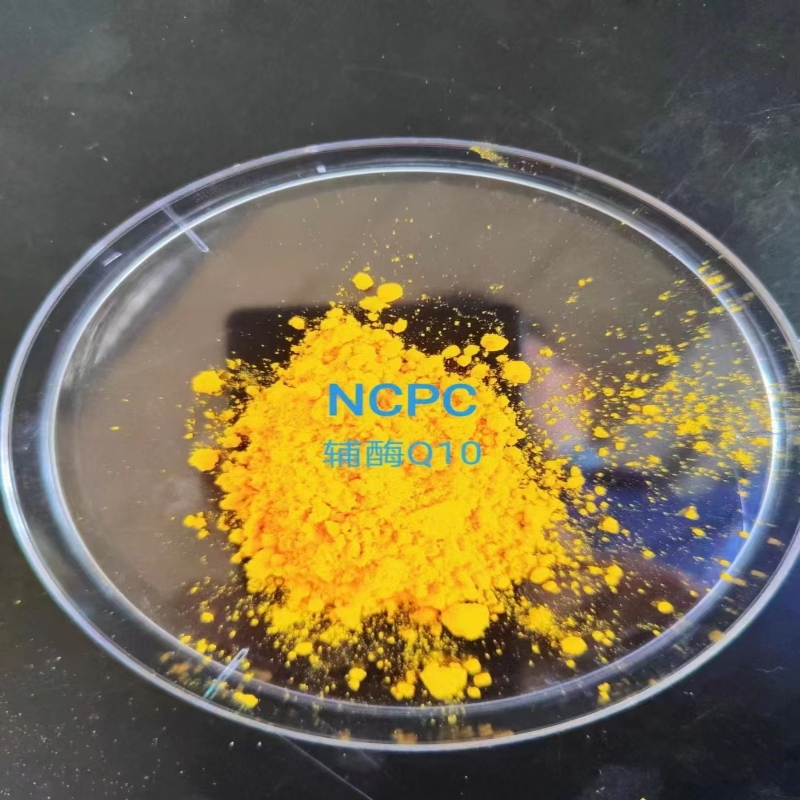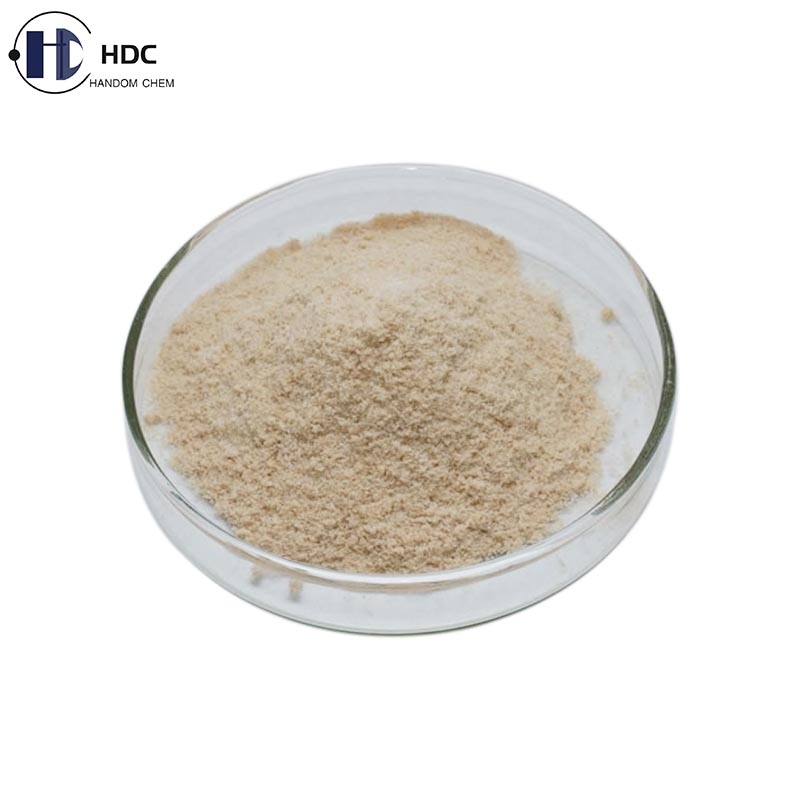Structure and mechanism of eukaryotic phospholipase D
-
Last Update: 2019-10-22
-
Source: Internet
-
Author: User
Search more information of high quality chemicals, good prices and reliable suppliers, visit
www.echemi.com
On October 16, cell research published on-line a research paper entitled crystal structure of plant PLD α 1 regenerations quantitative and regulatory mechanisms of eucaryotic photosynthesis d by Zhang Peng research group of center for molecular plant science excellence and innovation of Chinese Academy of Sciences In this study, the crystal structure of plant phospholipase D α 1 and its complex with phospholipid acid (PA) was analyzed, and the molecular mechanism of phospholipid production and activity regulation by eukaryotic phospholipase D was explained in detail Phospholipase (PL) catalyzes the hydrolysis of phospholipids on cell membrane Phospholipase is divided into phospholipase A1, A2, C and phospholipase D (PLD) according to different hydrolytic parts (Fig 1) On the one hand, the function of phospholipase is to realize the re synthesis and distribution of phospholipids in cells through acyl transfer; on the other hand, it hydrolyzes to produce lipid signal molecules, regulating many important physiological processes of organisms, such as the hydrolysis of PIP2 by PLC to produce inositol triphosphate (IP3) and diacylglycerol (DG), and the hydrolysis of various phospholipids by PLD to produce PA Eukaryotic PLD was first cloned and identified in plants, and then identified in animals and other organisms It is a highly conserved enzyme in organisms In domain composition, PLD consists of PX / pH / C2 domain with N-terminal binding phospholipid / cell membrane and HKD domain with C-terminal responsible for catalysis It is found that PLD1 / 2 is closely related to cell growth and development, cancer occurrence, nervous system diseases such as Alzheimer's disease, virus invasion and other diseases As many as a dozen PLDs (α 1-3, β 1-2, γ 1-3, δ, ε, ζ 1-2) have been identified in plants Among them, ζ 1-2 is similar to PLD1 / 2 in animals, belonging to PX / pH type PLD, and the rest belong to plant specific C2 type PLD Plant PLD is involved in many important physiological and pathological processes in vivo, including low temperature / drought response, pathogen infection, seed germination, pollen tube elongation, root development, etc However, compared with other three types of phospholipases (A1 / A2 / C), the three-dimensional structure, catalysis and activity regulation mechanism of PLD protein are poorly understood In this study, the researchers took PLD protein of higher plants as the research object, successfully expressed and purified the active target protein, and then analyzed the crystal structure of Arabidopsis PLD α 1 in the substrate non binding state and the product PA binding state (Figure 1) This is the first time to obtain the three-dimensional structure of eukaryotic phospholipase D The structure analysis reveals that: 1) the binding pocket of substrate is a large hydrophobic cavity between two HKD domains There is a cover composed of a-helix and loop above the pocket When the substrate is not in the binding state, the cover is covered over the pocket and is in the closed state; when the product pa (or substrate) is combined, the structure of the cover changes in an open state, allowing the substrate to enter or The combination and release of human products 2) The two HKD motifs responsible for catalytic substrate catalysis are spatially arranged and conservative, which corrects the errors in previous literature 3) There is a conserved calcium binding site near the active center, which is necessary for C2 PLD to exert its activity This site does not exist in PX / pH PLD, which explains why C2 PLD needs calcium activation, while PX / pH PLD does not need calcium 4) The interaction network of C2 domain and catalytic domain C2 domain can locate PLD to cell membrane and regulate its catalytic activity by binding plasma membrane / phospholipid In addition, the study also found that known small molecular inhibitors of animal PLD1 / 2 can inhibit the activity of PLD α 1, indicating that eukaryotic PLD protein has similar structure and catalytic / inhibitory mechanism These results provide a new understanding of the catalytic and active regulatory mechanisms of PLD in eukaryotes The results indicate the direction of screening and optimizing the design of small molecular inhibitors targeting at eukaryotic PLD protein (BIOON Com)
This article is an English version of an article which is originally in the Chinese language on echemi.com and is provided for information purposes only.
This website makes no representation or warranty of any kind, either expressed or implied, as to the accuracy, completeness ownership or reliability of
the article or any translations thereof. If you have any concerns or complaints relating to the article, please send an email, providing a detailed
description of the concern or complaint, to
service@echemi.com. A staff member will contact you within 5 working days. Once verified, infringing content
will be removed immediately.







